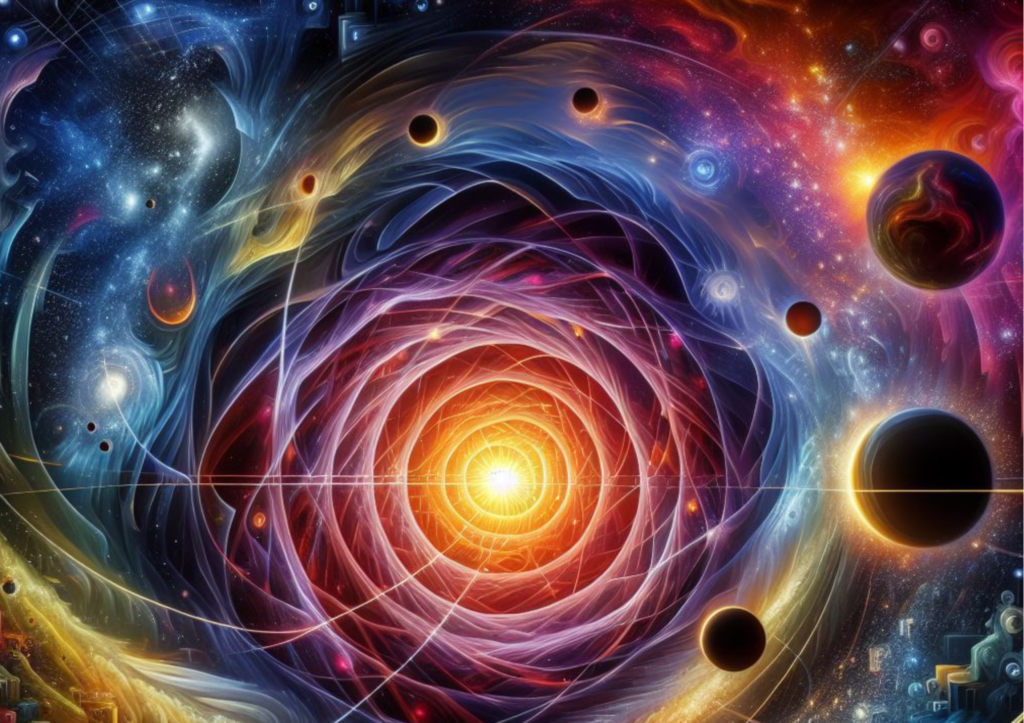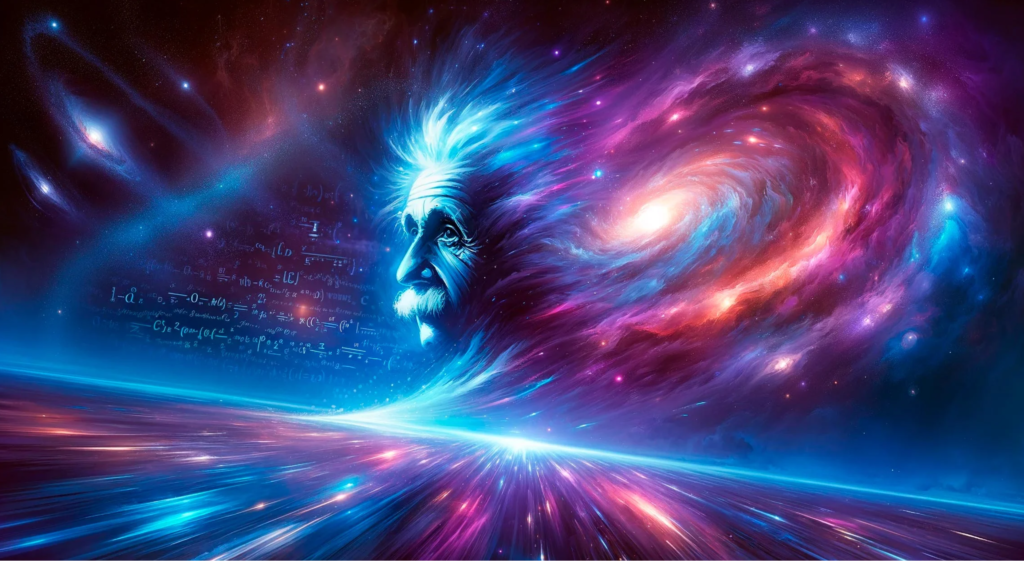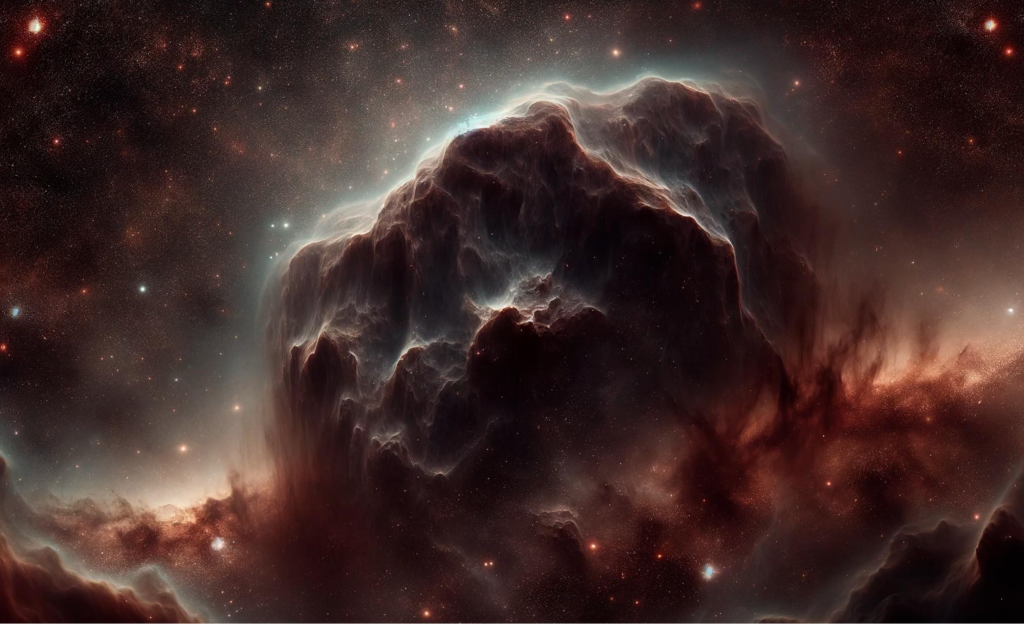One of the biggest puzzles in cosmology is the so-called Hubble tension, which is the discrepancy between different measurements of the expansion rate of the universe. The expansion rate, also known as the Hubble-Lemaitre constant, is a fundamental parameter that describes how fast the universe is growing, and has implications for the age, size, and fate of the cosmos. However, different methods of measuring the expansion rate give different values, which cannot be easily reconciled within the standard model of cosmology, based on Einstein’s general theory of relativity.
Understanding the Universe’s Expansion: Cosmology
For instance, one method of measuring the expansion rate is based on observing the cosmic microwave background (CMB), the relic radiation from the early universe, using satellites such as Planck. This method gives a value of about 244,000 kilometers per hour per megaparsec (one megaparsec is just over three million light-years). Another method is based on observing the distances and velocities of nearby objects, such as supernovae, using telescopes such as Hubble. This method gives a value of about 270,000 kilometers per hour per megaparsec. This difference of about 10% is statistically significant and cannot be explained by experimental errors or uncertainties.
Also read : Revolutionary Discovery: Menopause In Wild Chimpanzees Challenges Human Uniqueness

Cosmology
The Hubble tension poses a challenge to our understanding of the physics of the universe, and suggests that there may be something missing or wrong in our current theories. Some possible explanations include the existence of new forms of matter or energy, such as dark matter or dark energy, that affect the expansion rate; the presence of spatial or temporal variations in the expansion rate, such as local bubbles or early epochs of inflation; or the need for a modification of the theory of gravity, such as adding extra dimensions or scalar fields.
A recent study by researchers from the Universities of Bonn and St. Andrews proposes a new possible explanation for the Hubble tension, based on an alternative theory of gravity called MOND (Modified Newtonian Dynamics). MOND is a theory that modifies the Newtonian law of gravity at very low accelerations, such as those experienced by galaxies and galaxy clusters. MOND can explain some of the observed phenomena that are usually attributed to dark matter, such as the rotation curves of galaxies and the gravitational lensing of light, without invoking any invisible or exotic matter. MOND can also be extended to a relativistic theory that is compatible with Einstein’s general relativity.

Cosmology
The researchers suggest that MOND can also resolve the Hubble tension, by taking into account the local variations in the matter density of the universe. According to MOND, the gravitational force depends not only on the mass of the objects, but also on the surrounding matter density. This means that the expansion rate of the universe may vary depending on the local environment, and that the measurements based on the CMB and the supernovae may reflect different local conditions. The researchers show that by using MOND, the expansion rate measured by the CMB can be reconciled with the expansion rate measured by the supernovae, and that the Hubble tension can be eliminated.

Cosmology
The study, published in the Monthly Notices of the Royal Astronomical Society (MNRAS), is the first to demonstrate that MOND can naturally explain the Hubble tension, and to reveal the role of local matter density variations in the expansion rate of the universe. The study also adds to the growing knowledge and appreciation of the diversity and complexity of the theories of gravity, and of the factors that influence them. The study also challenges and enriches the understanding of the origin and evolution of the universe, and shows that there may be more to gravity than Einstein’s theory.
Also read : Why Don’t Metals Burn? Unveiling The Fire-Resistant Nature Of Metallic Elements




































